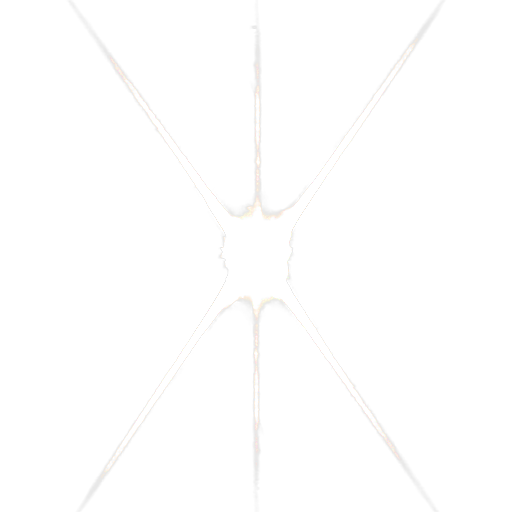Diamond and gemstone sourcing is an intricate subject.
There aren’t any “quick and easy” fixes. There are environmental, human rights and exploitation issues to say the least. The so-called “blood diamonds” should have exited the market with the establishment of the Kimberly Process in 2003. Most of them have. Unfortunately, until a third party, unbiased, control structure is instituted, there are way too many loopholes for diamonds derived from exploitation to enter the supply chain.
Nowadays, many different approaches are feasible and none of them is perfect or works for everyone.
We have updated our supply chain and decided to partner with Ocean Diamonds (https://oceandiamonds.com).
Ocean Diamonds works with a collective of professional diamond divers and source directly from them, ensuring that their supply chain is short and traceable and that the divers are paid fairly for their work. They currently cut the diamonds in Stellenbosch and Johannesburg in South Africa. Ocean diamonds, at the moment, is the company that best matches our ethics. The diamonds aren’t mined but rather found, diminishing the carbon footprint of the process. Unfortunately, they still offer limited diamonds and we otherwise use Canadamark diamonds.
Canadamark diamonds have a clear origin. Each diamond can be traced to its mine and the bigger ones have a serial number lasered on the girdle. Our main concern is that these diamonds are cut and polished in India. India has a longstanding tradition of diamond cutters but, sadly, at the moment, we can’t be certain that all the fundamental health and safety, human rights and gender equality protocols are followed. We are still trying to gather all the necessary information. Also, the carbon footprint of sending something across the globe and back is significant. We take this into consideration when calculating our carbon footprint. Only a very small percentage and mostly the best and biggest diamonds are cut in Canada. Our reseller at the moment is Stuller (https://www.stuller.com).
That being said, we are aware that mining produces an enormous amount of CO2.
Lab-grown diamonds offer an alternative.
A diamond is chemically and truly a diamond, in whatever way it was made. The international standards of clarity, cut, colour and carat define a diamond’s beauty, not its origin. The origin is “just” an ethical choice.
Growing a diamond is an energy-intensive process. Not only the growth of the diamond requires energy, but the construction of the machinery itself requires a great deal of energy and raw material. For these reasons, for it to be a reasonable alternative, we had to find labs that used only renewable energy. Our choice was the Diamond Foundy (https://diamondfoundry.com). This is the first carbon-neutral foundry, powered by the Columbia River. Please note that the diamonds themselves are carbon neutral but the construction of the plant wasn’t.
Since the diamonds start at about 0.8 carats, we use these diamonds only at the client’s request.
We are conscious that buying Canadian or lab-grown American diamonds doesn’t help or solve the problem of diamond mining in Africa. This problem is huge and complex. Often finding gemstones is the only way many people have to support their families. We are trying to find ethical African diamonds to support directly these communities.
